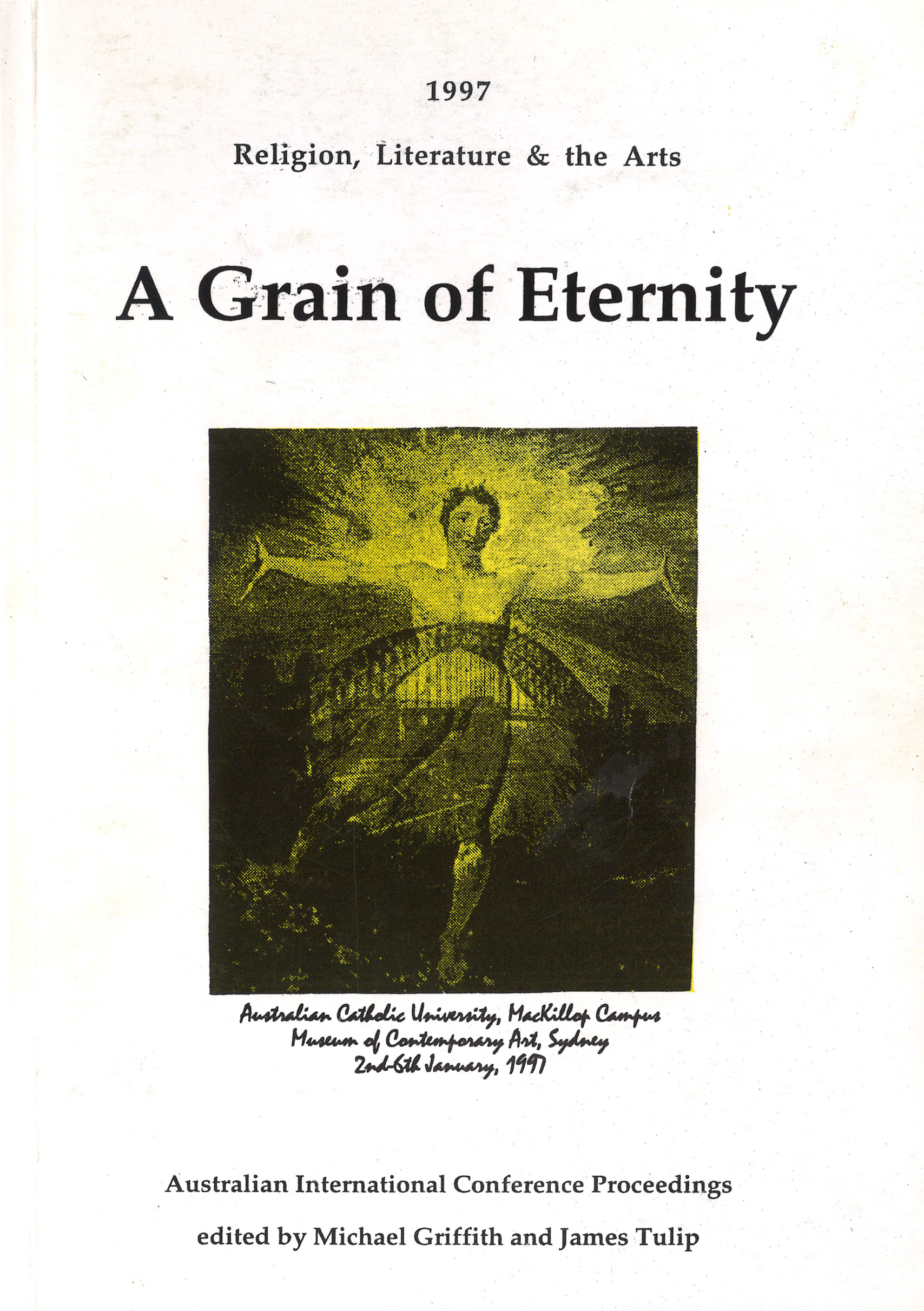Freemasonry & Symbolism: The Art of Gustave Moreau
Abstract
Freemasonry is a forgotten tradition in histories of Western art. Despite the significant impact of Freemasonry on European culture of the Romantic period (for example, on Goethe, Mozart, Tolstoy), the survival of a strong Masonic ·visual tradition, and its accessibility, has been virtually ignored in studies of the visual arts. The influence of Masonic tradition on the pictorial arts in nineteenth century France and the extent of its contribution to the development of the Symbolist movement are yet to be assessed. Arguably the greatest single nineteenth century repository of the symbolic tradition, Freemasonry embodied and widely disseminated both a symbolic mode of thought and an abstract language of symbols. From the eighteenth to the twentieth century, many Masonic publications - manuals, histories, explanations, and even novels - provided a rich source of literary and visual symbolism accessible to the initiate and the profane alike. Masonic illustrations are hieroglyphic, diagrammatic and hieratic. They represent a rich store of memory images drawn from the major world religions and occult traditions, images compiled in ways that express complex relationships through the language of symbols.Downloads
Published
2017-06-21
